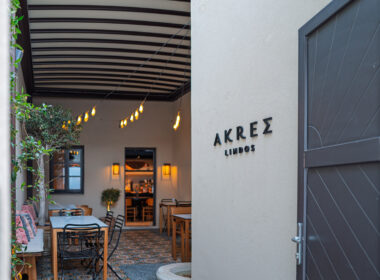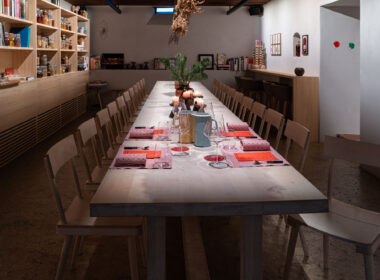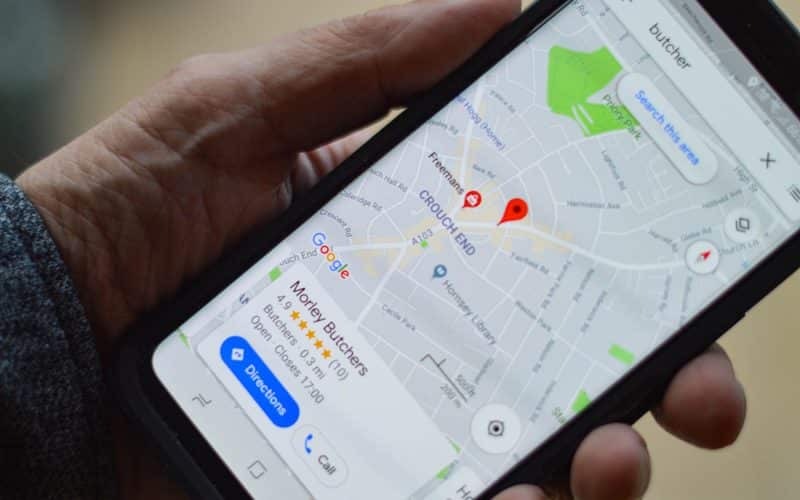[vc_row][vc_column][vc_column_text]Anyone who frequently tries to reserve a table in a trendy restaurant knows the problem: fully booked. Especially (but not exclusively) at the usually popular times. Many restaurants have long outsourced the highly staff-intensive reservation hotline service to external providers such as Opentable or Bookatable. Although these platforms of course reduce the personnel effort on the part of the restaurant (for an appropriate fee), they do not solve our problem of fully booked tables. A handful of new projects from the U.S. promise a remedy – but these approaches are not entirely uncontroversial for understandable reasons.
Buy” reserved tables via third party suppliers
Currently, Table8, Killer Rezzy, Zurvu and Reservation Hop, among others, are vying for the favor of eager-to-pay restaurant patrons looking for a last-minute reservation. In particular, Reservation Hop (currently only operating in San Francisco) stands out due to an extremely difficult model: Under constantly changing, false names, numerous reservations are made at popular restaurants. The relevant dates are offered on the website. If a potential guest purchases one of these appointments, he will learn the pseudonym under which the reservation was made. The restaurant is left empty-handed in terms of the fee due (currently this remains entirely with the provider). The restaurant on the other hand, must accept the risk in this model that the reservation is not sold and perceived. However, Reservation Hop meanwhile promises to cancel in this case at least four hours before the reservation at the restaurant. In addition, the restaurant lacks in advance the actual name of the guest who appears in the evening. This makes any research impossible, of course. Even though extremely few (top) restaurants are able to do a short (online) research for the expected guests of the evening (like Eleven Madison Park handles it, for example ).
Killer Rezzy and Zurvu (both active in New York) are taking a different approach, partnering with select restaurants and giving them a share of sales from customers willing to spend up to $25 for a table. One may consider this at first for a proud sum, on the other hand the guest develops with the traditional search for a desired table also at present already not to underestimate costs, however in the currencies time, patience and perseverance to measure.
Nevertheless, these models leave a somewhat dull aftertaste: The customer is asked to pay for access to the restaurant alone. Nothing changes in the actual prices for the menu through these platforms . The costs for spontaneous access to a table simply add up. This is precisely a model that one is reluctant to consider, especially as a premium provider, a restaurant that stands for service, hospitality and friendliness. From the point of view of the restaurateur, the disadvantage lies primarily again in further middlemen who stand between him and the guest, who charge commissions and/or fixed monthly fees and in the worst case even keep the data records (in the form of the guest’s contact data) under lock and key.
Flexible reservation systems and different models
But the trend in which future systems will go is already evident here. Reservations at premium times or short-term reservations have a value to be determined by supply and demand.
One can make a very understandable argument why a menu on a Friday or Saturday night might be offered at a slightly higher price than on a Monday or Tuesday. With a model that transparently takes these differences into account, guests can be given much greater support in their choice . Does he want to save some money or prefer to dine at prime time and invest more for that preference. A flexible pricing model thus makes it possible to offer less busy days at a lower price, thus foregoing part of the potential margin, but at the same time still increasing the booking situation and thus revenue for these weaker days. This equalization of guest flows can then in turn lead to better opportunities for reserving free tables at peak times.
The example of Next and Alinea shows how well a combined model of tiered pricing, free reservation, deposit (which is charged in the evening) and prepaid ticket (where the full price for the menu is already charged at reservation) can work. Both restaurants are operated by Nick Kokonas together with Grant Achatz. The reservation system developed by Kokonas is now being tested by a whole series of other restaurants as part of a major beta test. Some of them work with a deposit of $25, the evening is deducted from the actual bill. In Alinea and Next the total amount for the menu is charged at the time of booking, only the cost of drinks is to be paid on the spot in the evening. This allows Next operators to generate more than $3,000,000 in direct revenue within hours of opening a new reservation slot for upcoming weeks. This, of course, creates immense planning security and reduces the operating risk from the purchase of goods to personnel planning. In total, the restaurants connected to Kokona’s system have thus already collectively generated over $60,000,000 in sales online.
The rate of no-shows, i.e. guests who do not show up despite having made a reservation, could be drastically reduced . This is a factor for restaurateurs that should not be underestimated. After all, unoccupied tables often make up exactly the difference between profit and loss in such a labor- and product-intensive business.
Autonomy through the operation of own systems
Surprisingly, the real innovation in this segment is not coming from the large established providers, even in part from new startups, but is emerging primarily from within the restaurants. A new generation of restaurateurs, like Nick Kokonas just now, are beginning to translate the legalities of their industry into a new form of digital communication and transaction between guests and restaurants. In the future, new systems will probably be increasingly operated by the restaurants themselves (or licensed at fixed prices from new providers on the market) and, accordingly, much autonomy will again be transferred into the hands of the restaurateurs. In addition, these future platforms will enable restaurant operators, who are committed to dealing with flexible models, to react directly to current market and booking situations and, above all, to communicate directly with the guest again.[/vc_column_text][/vc_column][/vc_row]

















